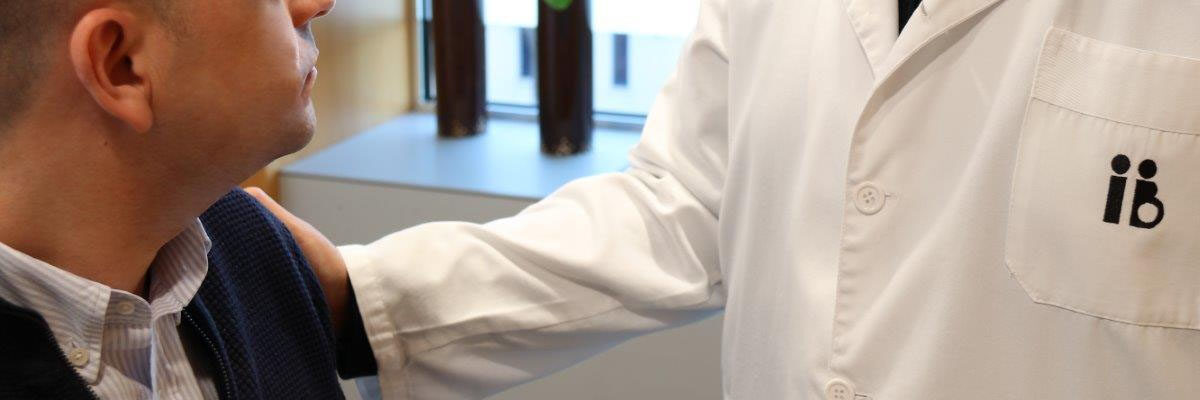Klinefelter’s Syndrome and Male Infertility: Instituto Bernabeu Unit for Treatment
IB Unit for diagnosis and treatment of Klinefelter’s Syndrome for male fertility
At Institute Bernabeu, we base our clinical practice and research on individualisation. This subspecialty has allowed us to diagnose and treat uncommon conditions, making us the leading centre for a number of pathologies.
Up until a few years ago, Klinefelter’s Syndrome with a homogenous 47 XXY karyotype was considered absolute male sterility. In our group, we are constantly researching and developing new lines of treatment that allow for biological paternity in men suffering from Klinefelter’s Syndrome.
Is it useful to alter the approach for Klinefelter’s Syndrome to improve the chances of paternity?
At Instituto Bernabeu, we have a complete medical team dedicated to evaluating:
- Fertility potential after extraction of testicular material.
- Physiopathology of sperm insufficiency, the origin of the focal spermatogenesis and the risk of aneuploidy in potential offspring.
- The advantage of retrieving and cryopreserving sperm in adolescents instead of adults.
We can accept failure, but only after exhausting all possibilities available with clinical and technical advances. We would extensively inform you of these options and alternatives in your case.
What is the study based on?
In certain studies published, sperm was retrieved in almost 50% of patients and the pregnancy rate after ICSI was no different than that of cycles carried out for other types of sperm insufficiency. The rate of sperm retrieval seemed to be better in younger patients.
More recent studies are more modest in their results, apart from detecting massive fibrosis and hyalinization, which are found in all men suffering from Klinefelter’s Syndrome, showed spermatogonia in 4 of the 22 men, with sperm differentiation in 2 of them.
What does the fertility study for patients with Klinefelter’s include? Actual possibilities.
We are aware of the high rates of infertility, but there is a possibility of obtaining sperm through a biopsy called TESE. The risk of malformation is the same as in any assisted reproduction technique.
- Detailed medical history.
- FSH and Testosterone hormonal FSH study.
- Testicular ultrasound to examine testicle size.
What is a testicular biopsy (TESE)?
Our goal is to obtain sperm in the most complex cases, but it should be taken into account that the risk of complications could increase due to the more aggressive process. We inform you in detail about all of these possibilities. A large part of the testicular parenchyma is exposed in order to detect the more vascularised part.
- Testicular biopsies are always carried out under anaesthesia.
- Diagnostic biopsies are not carried out before an IVF cycle for three reasons:
- To avoid aggression in the testicle, remembering that 6 months should pass between biopsies.
- Possibility of losing the last part of tissue with preserved spermatogenesis in the biopsy.
- The worst results using frozen sperm come from testicular biopsies.
